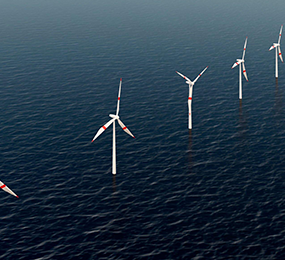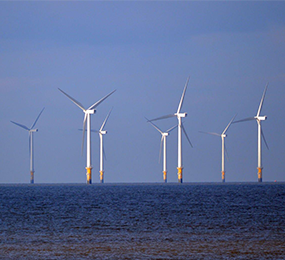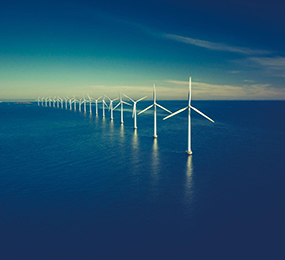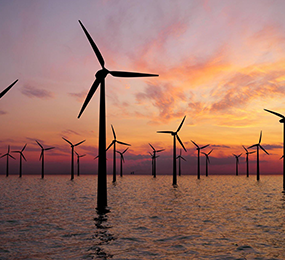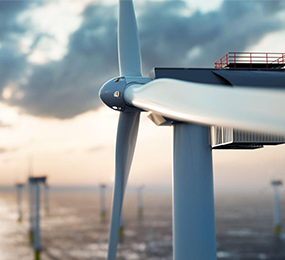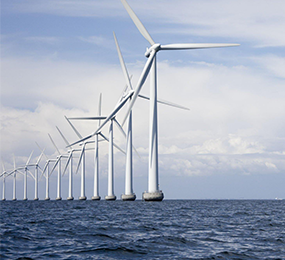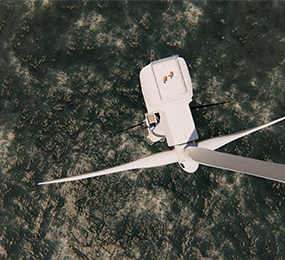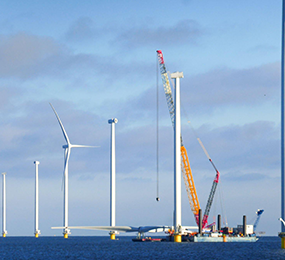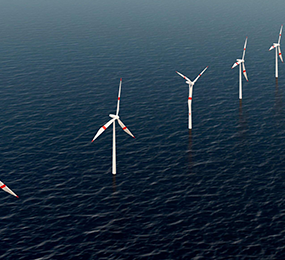Floating offshore wind energy offers a revolutionary approach to harnessing clean energy from deep waters. However, this technology faces hurdles that need to be addressed for widespread adoption. Fortunately, a wave of innovation and collaboration is tackling these challenges head-on. Let's explore how the industry is overcoming the technical, economic, and environmental hurdles hindering floating wind farms.
Technological Advancements
Engineers are constantly pushing the boundaries of design and materials science to create more robust and cost-effective floating platforms and mooring systems. Lighter and stronger materials like advanced composites are being employed to reduce weight and improve structural integrity. Additionally, advancements in wind turbine technology, with larger blades and more efficient generators, are leading to increased energy capture. These advancements contribute to improved performance and reduced maintenance costs, making floating wind farms a more attractive proposition.
Optimizing Costs: Balancing Efficiency and Affordability
Bringing down the high upfront costs associated with floating offshore wind energy is a key focus. Economies of scale are being achieved as the industry matures, with larger-scale projects driving down per-unit costs. Additionally, innovative financing models, such as power purchase agreements with guaranteed prices, are attracting investment and mitigating risk for developers. Streamlining permitting processes and fostering a collaborative environment between industry and government can further incentivize investment and accelerate cost reduction.
Minimizing Environmental Impact: Careful Planning and Research
Environmental concerns surrounding floating wind farms are being addressed through careful planning and ongoing research. Environmental impact assessments are conducted before construction to identify potential risks and develop mitigation strategies. Additionally, research on the long-term impact of mooring systems and electromagnetic fields on marine life is ongoing. Furthermore, the development of environmentally friendly decommissioning plans ensures minimal disruption to the marine environment at the end of a wind farm's lifespan.
Building a Collaborative Future: Partnerships and Knowledge Sharing
Collaboration is key to overcoming the challenges and unlocking the full potential of floating offshore wind energy. Knowledge sharing between countries with strong wind resources and technological expertise is fostering innovation and accelerating development. Additionally, partnerships between industry leaders, research institutions, and environmental groups are crucial for developing responsible and sustainable solutions. Collaborative efforts can help establish clear and streamlined regulations that promote responsible growth while protecting the environment.
A Brighter Future Beckons
The challenges facing floating offshore wind energy are significant, but the industry is making significant strides in addressing them. Through continued innovation, cost reduction efforts, and a commitment to environmental responsibility, floating wind farms are poised to become a game-changer in the clean energy transition. With collaborative efforts and a focus on sustainability, floating offshore wind energy can power a brighter future for generations to come.
To register or learn more about the Forum please check here: https://www.leadventgrp.com/events/5th-annual-floating-wind-europe/details
For more information and group participation, contact us: [email protected]


